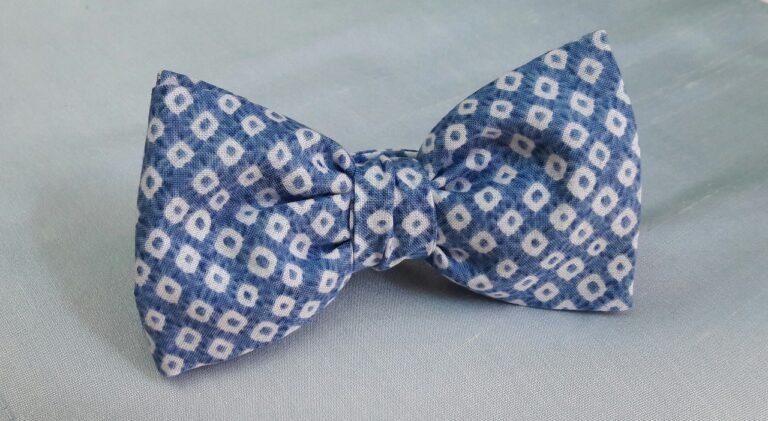The Evolution of Workwear: From Uniforms to Fashionable Office Attire
Workwear traces its origins back to ancient civilizations where specialized garments were crafted to cater to the needs of various professions. In Egypt, workers wore simple linen tunics, while Greek and Roman laborers donned leather aprons for protection. Similarly, in medieval Europe, artisans and tradesmen utilized rugged clothing to shield themselves from the hazards of their work environments.
As societies evolved, so did the need for more practical and durable work attire. During the Renaissance period, skilled craftsmen began incorporating functional elements into their clothing, such as reinforced stitching and sturdy fabrics. This shift marked the transition towards purpose-driven workwear that prioritized both comfort and utility.
The Industrial Revolution and the Rise of Uniforms
During the Industrial Revolution, the demand for standardized clothing in the workplace became increasingly prevalent. Employers saw the need for uniforms to not only promote unity and professionalism among workers but also to enhance efficiency in large-scale manufacturing settings.
The rise of uniforms during this era marked a shift towards a more structured and organized approach to work attire. Companies began to recognize the benefits of having employees dressed in a consistent manner, not only for branding purposes but also to signify their role within the production process. This standardization of workwear was a reflection of the changing nature of work itself, as industries became more mechanized and specialized.
The Impact of World Wars on Workwear
During World Wars I and II, workwear underwent significant changes to accommodate the needs of the evolving wartime industries. The demand for durable and practical clothing intensified as more individuals, including women, entered the workforce to support the war efforts. Traditional uniforms were modified to suit the specific roles and conditions of different job functions, such as munitions workers, nurses, and factory operators.
As resources became scarce during the wars, workwear designs became more streamlined and utilitarian. The focus shifted towards functionality and efficiency, with an emphasis on easy maintenance and longevity. Many work garments were standardized to ensure consistency and ease of production, reflecting the urgency and efficiency required during times of war.
How did the Industrial Revolution contribute to the rise of uniforms in workwear?
The Industrial Revolution led to the mechanization of many industries, which required workers to wear uniforms for safety and identification purposes.
How did World Wars impact workwear?
World Wars led to the need for more durable and protective workwear for those working in factories and other essential industries to support the war effort.
Did the World Wars change the design of workwear?
Yes, during the World Wars, workwear designs evolved to include features like reinforced stitching, adjustable straps, and pockets for carrying tools and supplies.
Were there any innovations in workwear as a result of the World Wars?
Yes, advancements in fabrics and materials were made during the World Wars to improve the durability and functionality of workwear, such as the development of flame-resistant fabrics for workers in dangerous environments.







